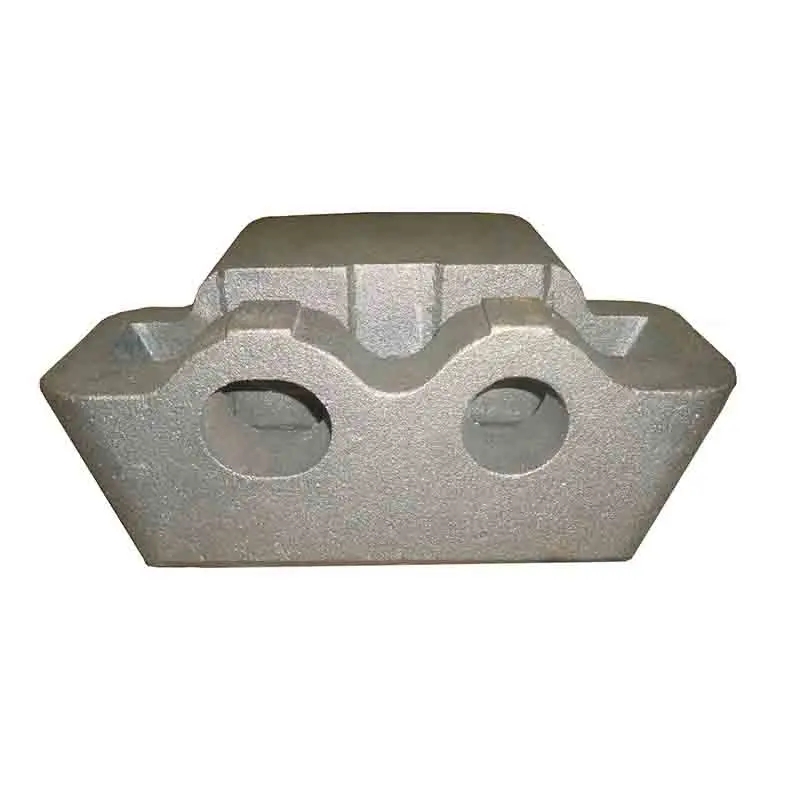- Afrikaans
- Albanian
- Amharic
- Arabic
- Armenian
- Azerbaijani
- Basque
- Belarusian
- Bengali
- Bosnian
- Bulgarian
- Catalan
- Cebuano
- China
- China (Taiwan)
- Corsican
- Croatian
- Czech
- Danish
- Dutch
- English
- Esperanto
- Estonian
- Finnish
- French
- Frisian
- Galician
- Georgian
- German
- Greek
- Gujarati
- Haitian Creole
- hausa
- hawaiian
- Hebrew
- Hindi
- Miao
- Hungarian
- Icelandic
- igbo
- Indonesian
- irish
- Italian
- Japanese
- Javanese
- Kannada
- kazakh
- Khmer
- Rwandese
- Korean
- Kurdish
- Kyrgyz
- Lao
- Latin
- Latvian
- Lithuanian
- Luxembourgish
- Macedonian
- Malgashi
- Malay
- Malayalam
- Maltese
- Maori
- Marathi
- Mongolian
- Myanmar
- Nepali
- Norwegian
- Norwegian
- Occitan
- Pashto
- Persian
- Polish
- Portuguese
- Punjabi
- Romanian
- Russian
- Samoan
- Scottish Gaelic
- Serbian
- Sesotho
- Shona
- Sindhi
- Sinhala
- Slovak
- Slovenian
- Somali
- Spanish
- Sundanese
- Swahili
- Swedish
- Tagalog
- Tajik
- Tamil
- Tatar
- Telugu
- Thai
- Turkish
- Turkmen
- Ukrainian
- Urdu
- Uighur
- Uzbek
- Vietnamese
- Welsh
- Bantu
- Yiddish
- Yoruba
- Zulu
Nov . 12, 2024 21:46 Back to list
ductile iron versus cast iron
Ductile Iron vs. Cast Iron Understanding the Differences
When it comes to iron alloys, two of the most commonly discussed materials are ductile iron and cast iron. Both materials have a long history in engineering and manufacturing, and they are widely used in various applications. However, despite sharing some similarities, they possess distinct properties that make them suitable for different uses. This article aims to explore the differences between ductile iron and cast iron, highlighting their compositions, mechanical properties, processing methods, and typical applications.
Composition
The fundamental difference between ductile iron and cast iron lies in their chemical compositions. Ductile iron, also known as spheroidal graphite iron, is an alloy of iron, carbon, and silicon, along with small amounts of other elements like manganese and magnesium. The key characteristic that distinguishes ductile iron is the addition of magnesium during the production process, which transforms the carbon from a flake structure into a spherical shape. This alteration in microstructure significantly influences the mechanical properties of the alloy.
Conversely, cast iron is a broader category of iron alloys that primarily contain iron, carbon (typically 2-4%), and silicon (around 1-3%). Cast iron is divided into several types, including gray iron, white iron, and malleable iron, each distinguished by their carbon structures and alloying elements. The most common form, gray cast iron, contains carbon in the form of flakes, resulting in a brittle material.
Mechanical Properties
One of the most notable differences between ductile iron and cast iron is their mechanical properties, particularly strength and ductility. Ductile iron is renowned for its excellent tensile strength and toughness, making it much more ductile and resilient under stress compared to cast iron. It boasts tensile strength ranging from 60,000 to 120,000 psi and an elongation percentage of 5 to 15 percent, depending on the specific grade. This increased ductility allows ductile iron to absorb energy better and withstand more significant deformation before fracturing.
In contrast, cast iron tends to be more brittle, with tensile strengths typically ranging from 20,000 to 60,000 psi and an elongation percentage of less than 1 percent. The flake graphite structure in gray cast iron makes it prone to cracking and breaks under stress. While cast iron can be advantageous in applications where compressive strength is required, its brittleness limits its use in situations where bending or tensile stress is prevalent.
ductile iron versus cast iron

Processing Methods
The manufacturing processes for ductile iron and cast iron also differ. Ductile iron is produced using a process called nodularization, where molten iron is treated with magnesium and carefully controlled through casting techniques. This results in a material with a fine microstructure and uniform properties throughout.
On the other hand, cast iron is typically produced by melting scrap iron and alloying elements in a cupola furnace and then pouring the molten iron into molds. This simpler process contributes to cast iron's lower production costs and makes it accessible for a wide range of applications.
Applications
When it comes to practical applications, neither ductile iron nor cast iron is superior across the board; rather, their unique properties make them preferable in specific situations. Ductile iron is widely used in industries where strength, durability, and toughness are critical. Common applications include components for automotive, aerospace, and construction industries, such as gears, pipes, and machinery parts.
Cast iron, particularly gray iron, is extensively used in applications where wear resistance and good machinability are essential. It excels in manufacturing engine blocks, pipe fittings, and cookware, where its thermal conductivity and wear resistance are beneficial.
Conclusion
In conclusion, while ductile iron and cast iron share a common base material, their distinct characteristics set them apart in terms of composition, mechanical properties, processing methods, and applications. Choosing between these two materials hinges on the specific requirements of the application. Understanding these differences enables engineers and manufacturers to select the appropriate material to achieve optimal performance and reliability in their designs. Whether it’s the toughness of ductile iron or the machinability of cast iron, each material has its own merits that cater to diverse industrial needs.
-
8mm Thin-Walled Cast Steel Manhole Cover Pallet Bottom Ring | Durable
NewsAug.04,2025
-
Premium Cast Iron Water Main Pipe: Durable, Corrosion-Resistant
NewsAug.03,2025
-
Durable Cast Iron Water Mains | AI-Optimized Systems
NewsAug.02,2025
-
High-Efficiency Propane Boiler for Baseboard Heat | Save Energy
NewsAug.01,2025
-
Premium Source Suppliers for Various Gray Iron Castings
NewsJul.31,2025
-
Durable Cast Iron Water Main Pipes | Long-Lasting
NewsJul.31,2025


